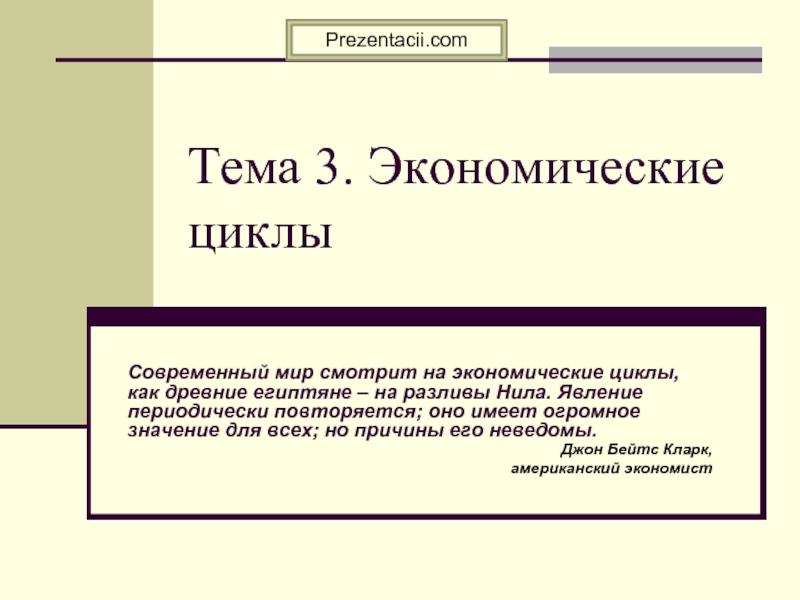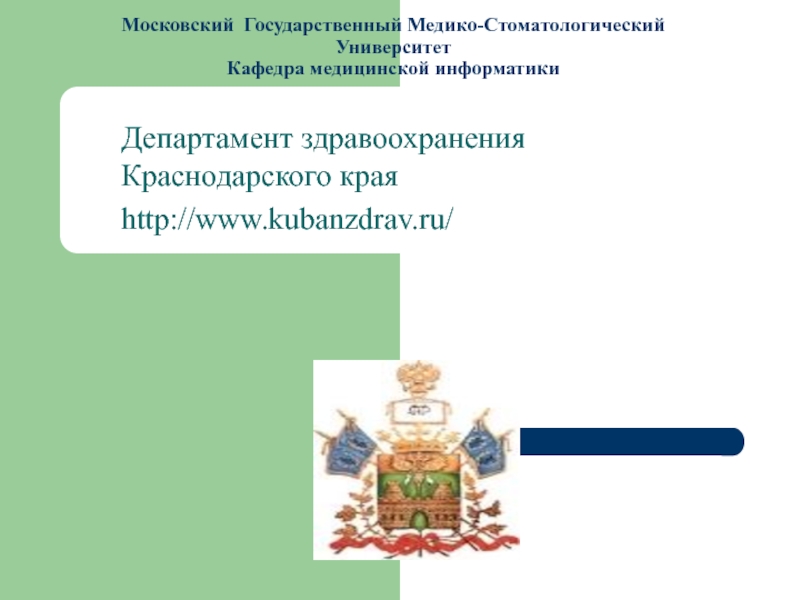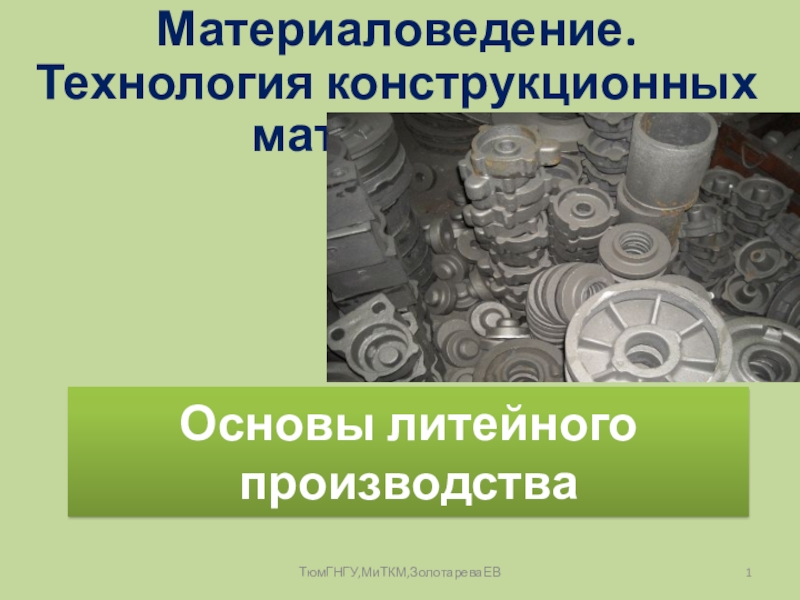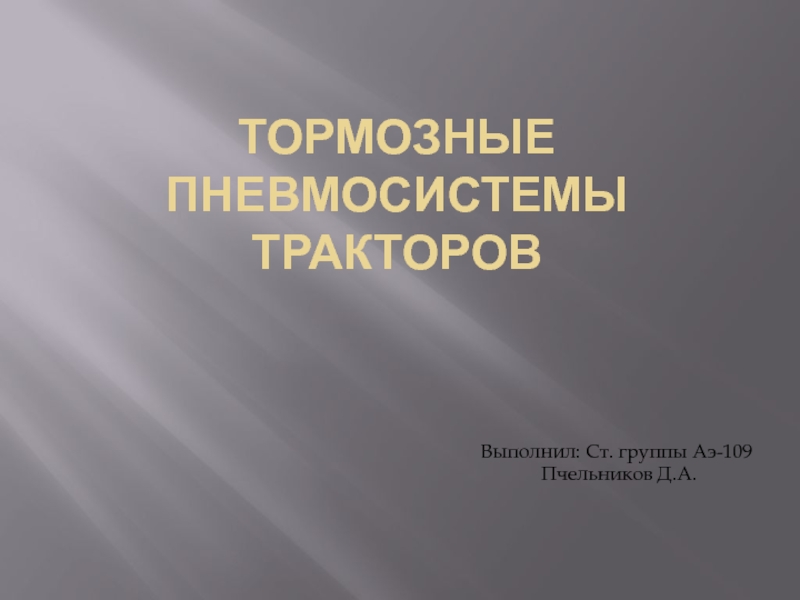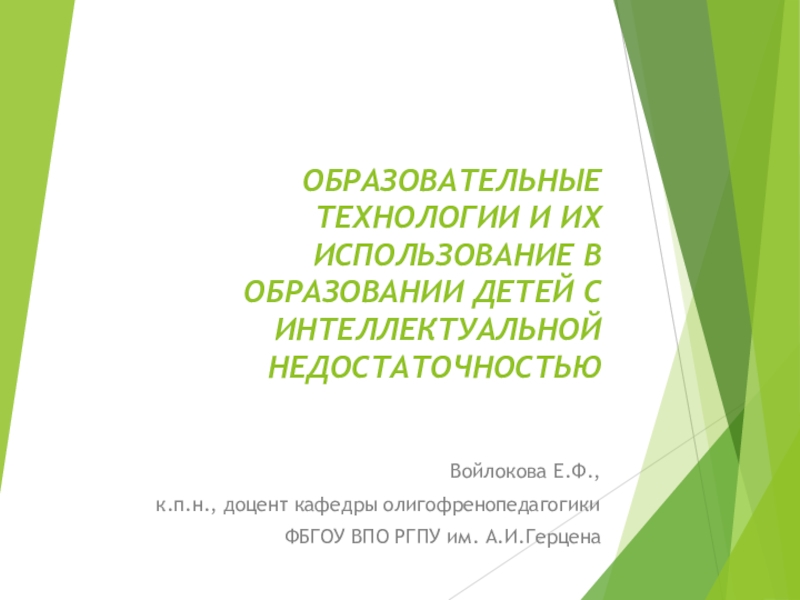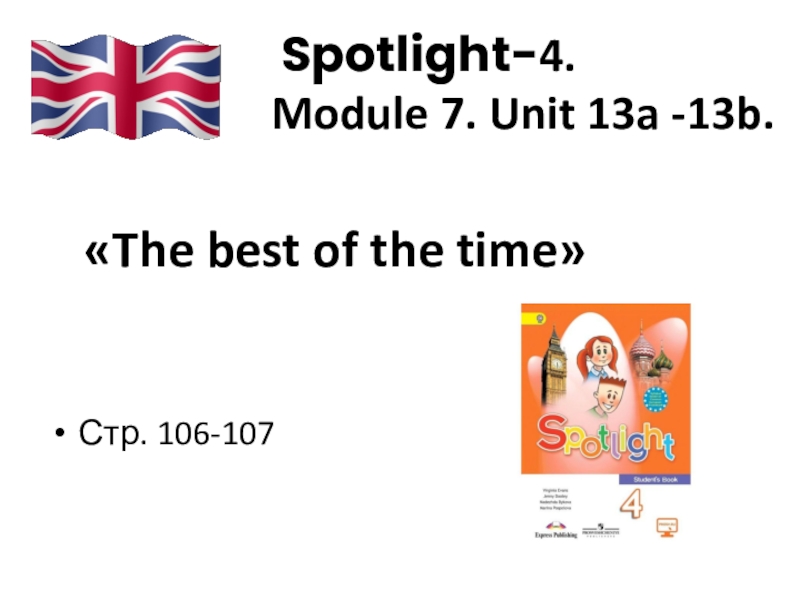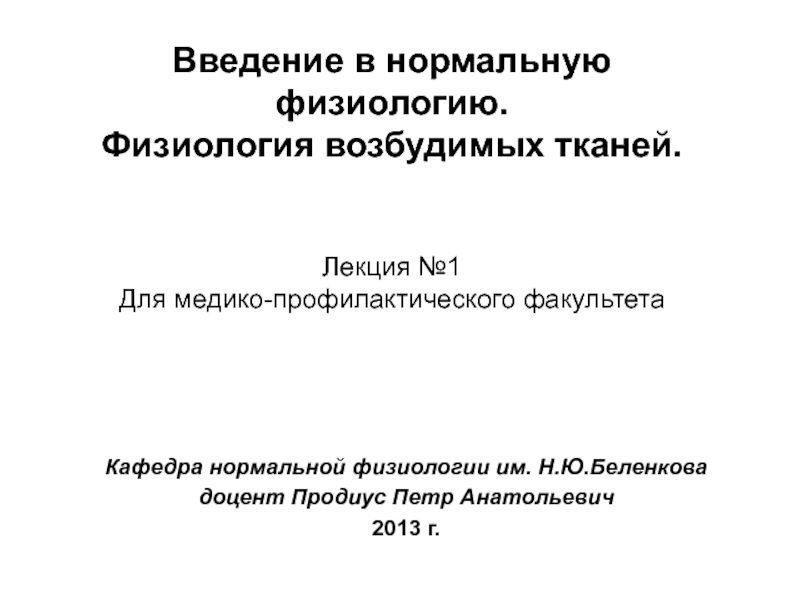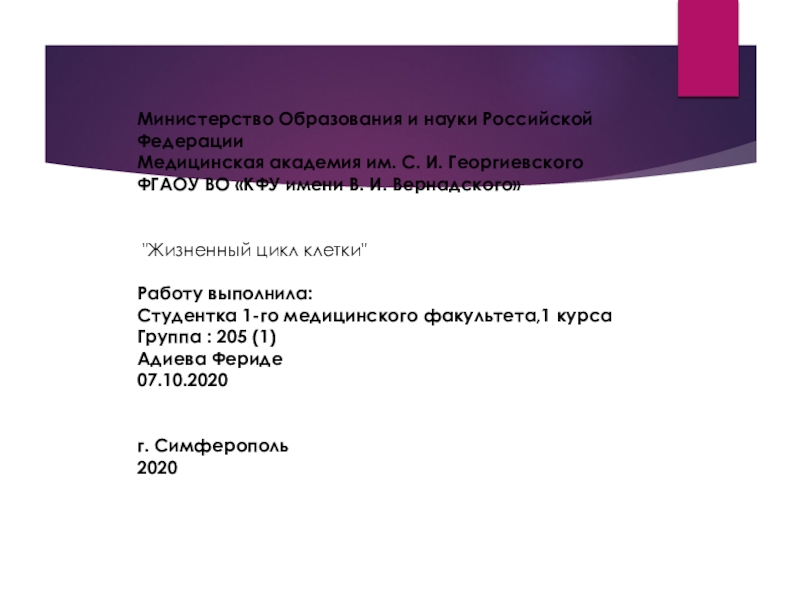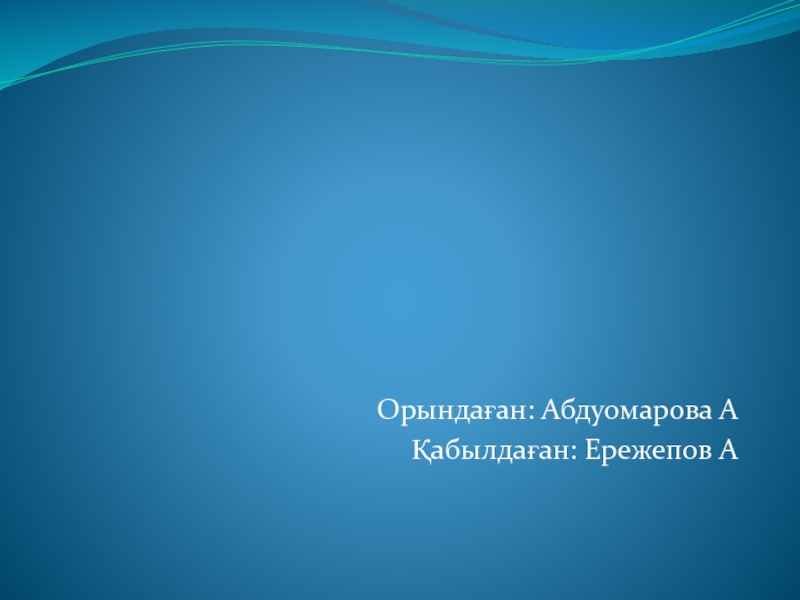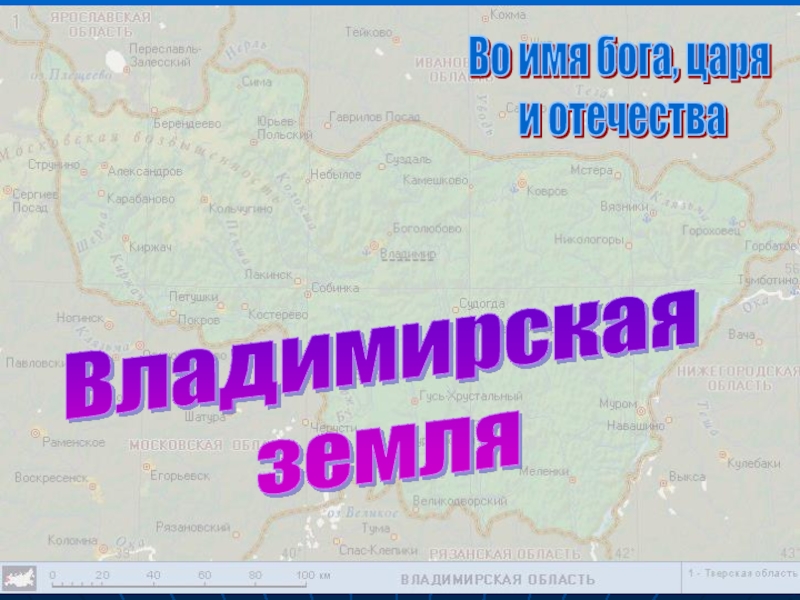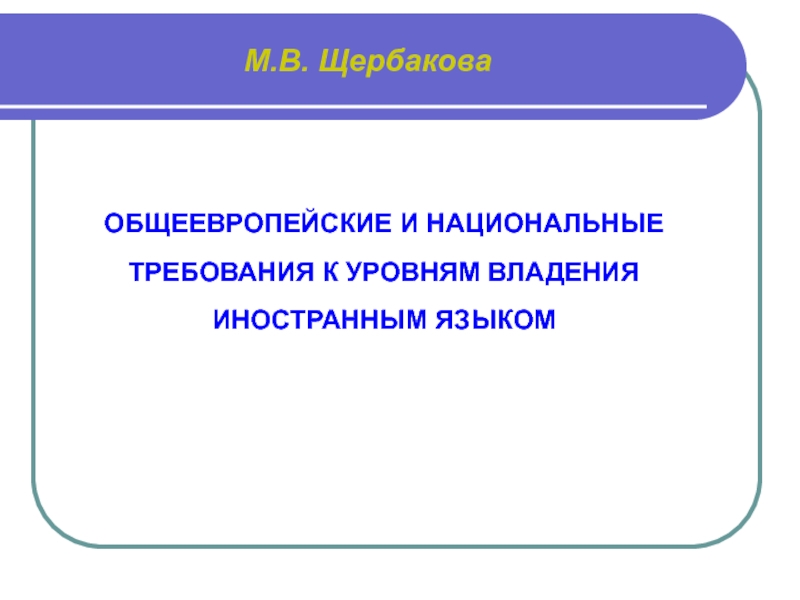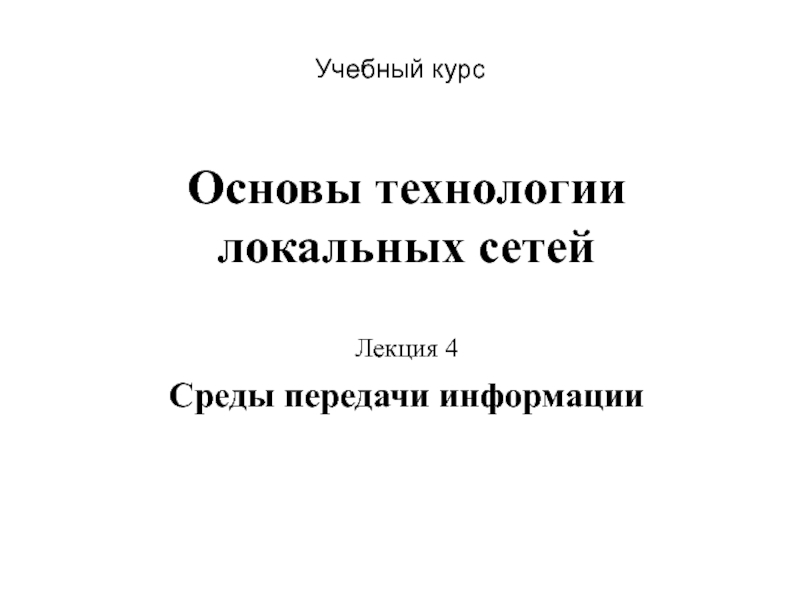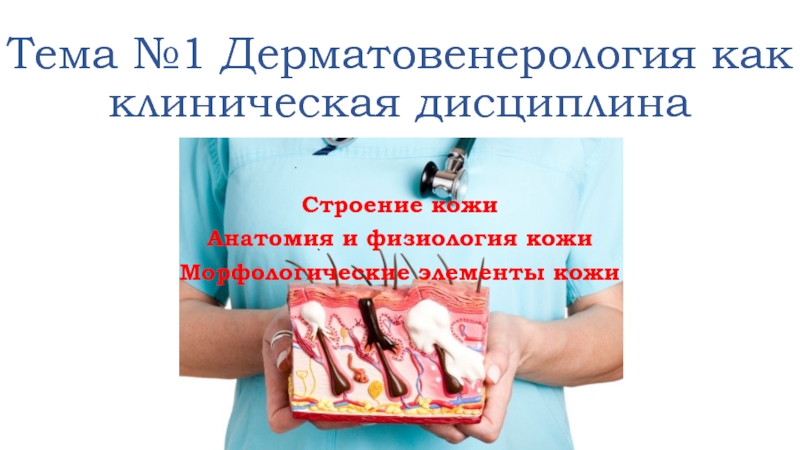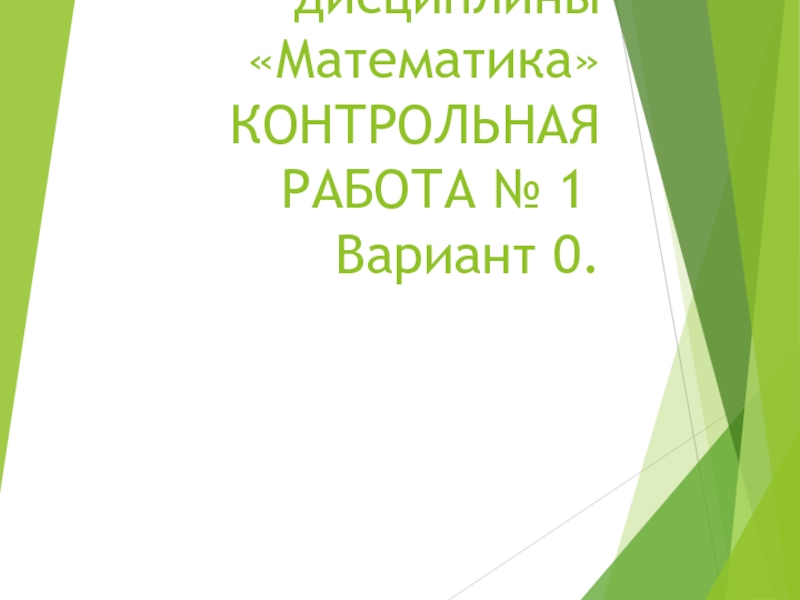Разделы презентаций
- Разное
- Английский язык
- Астрономия
- Алгебра
- Биология
- География
- Геометрия
- Детские презентации
- Информатика
- История
- Литература
- Математика
- Медицина
- Менеджмент
- Музыка
- МХК
- Немецкий язык
- ОБЖ
- Обществознание
- Окружающий мир
- Педагогика
- Русский язык
- Технология
- Физика
- Философия
- Химия
- Шаблоны, картинки для презентаций
- Экология
- Экономика
- Юриспруденция
Morphological classification of Old English verbs: strong, weak,
Содержание
- 1. Morphological classification of Old English verbs: strong, weak,
- 2. Strong verbsThey formed their stems by means
- 3. There were about three hundred strong verbs
- 4. Class IIGradation formula ēo – ēa –
- 5. Class IIIIn this class of the strong
- 6. Class IVThe verb of this class have
- 7. Class VThis verbs also have a short
- 8. Class VIGradation formula a – ō – ō–
- 9. Class VIIThe most common are the following
- 10. Weak verbsThere are three classes of Old
- 11. Class IThe verbs of this class ended
- 12. Class IIThis verbs have the suffix –oia in the
- 13. Class IIIThe class is not numerous (there
- 14. Preterite-Present of Old EnglishVerbsThey occupy a specific
- 15. Irregular verbs There are four verbs in Old English
- 16. Thank you for your attention!
- 17. Скачать презентанцию
Слайды и текст этой презентации
Слайд 1 Morphological classification of Old English verbs: strong, weak, preterit-present
and irregular ones
Слайд 2Strong verbs
They formed their stems by means of vowel gradation
and by adding certain inflections and suffixes. There were 4
basic forms (stems) of the strong verbs, and the use of the stems was as follows:I – in the infinitive, the present indicative and subjunctive, the imperative mood and participle I;
II – in the past tense singular, the 1-st and the 3-rd person;
III – in the past tense plural, 2-nd person singular and Past Subjunctive;
IV – in the form of the participle two.
Слайд 3There were about three hundred strong verbs in Old English.
They are divided into seven classes.
Class I
Gradation formula ī –
ā – i – iwrītain –wrāt – writon – writen (to write)
rīsan – rās – rison – risen (rise)
Other verbs of this class are: drīfan (to drive), bītan (to bite), strīdan (to stride), scīnan (to shine) etc.
As the 3-rd and the 4-th forms had stress on the final syllable, if the verbs had voiceless fricatives in the second syllable, these turned into voiced stops:
lī ðan – lā ð – lidon – liden (to go)
snī ðan – snā ð – snidon – sniden (to cut)
Слайд 4Class II
Gradation formula ēo – ēa – u – o
The
four basic forms of this class are:
bēodan – bēad –
budon – boden (to offer)clēofan – clēaf – clufon – clofen (to cleave)
Other verbs of his class are: cēosan (to choose), scēonan (to shoot), drēosan (to fall), frēosan (to freeze) etc.
The verbs which have s after root vowel had the change of it into r:
cēosan – cēas – curon – coren
Some class II verbs have the vowel ū instead of the usual ēo:
lūcan – lēac- lucon – locen (to lock)
They are: brūcan (to need), dūfan (to dive), slūpan (to slip), sūpan (to try).
Слайд 5Class III
In this class of the strong verbs a short
vowel was followed by two consonants. There are several variations
of root vowels in this class of verbs:a) If nasal sound + another consonant followed the root vowel the graduation formula was: i – a(o) – u – u
drincan – dranc – druncon – druncen (to drinc)
b) If l + another consonant followed the root vowel the formula was: i/e – ea – u – o
helpan – healp – hulpon – holpen (to help)
c) If + consonant or h + consonant followed the root vowels then braking in the first two forms change the formula into
eo – ea – u – o
steorfan – stearf – sturfon – storfen (to die)
weorðan – wearð – wurdon – worden (to become)
Here also belong ceorfan (to carve), beorcan (to bark), hweorpan (to turn) etc.
Слайд 6Class IV
The verb of this class have only one consonant
after the short root vowel, and it is a sonorant
– r or l, in rare cases – m or n. The scheme of gradation is e – æ - ǣ̄ - ostelan – stæl - stǣlon – stolen (to steal)
Also beran (to bear), cwelan (to die), helan (to conceal).
Though different from the others in phonetic form but still belonging to this class are two very frequently used with a nasal sound after the root vowel:
niman – nam (nom) – namon (nomon) – numen (to take)
cuman – cwom (com) – comon (cwomon) –cumen (to come)
Слайд 7Class V
This verbs also have a short root vowel followed
by only one consonant r, l or n. The basic
vowels are: e – æ - ǣ - esprecan – spræc – sprǣcon – sprecen (to speak)
Also metan (to measure), etan (to eat), wesan (to be)
When the first sound was z, then diphthongization of e is observed and the form of such verbs are:
ziefan – zeaf – zēāfon – ziefen (to give)
zietan – zeat – zēāton – zieten (to get)
If in the verbs the first short sound had palatal mutation, the consonant after it in the infinitive was doubled:
sittan – sæt - sǣton – seten (to sit)
Слайд 8Class VI
Gradation formula a – ō – ō– a
faran – fōr
– fōron – faren (to go)
Also verbs: zalan (to sing), wadan (to walk), bacan (to bake), sceacan (to shake), wascan (to
wash).Some verbs had fractures or mutations of the first vowel in the infinitive
swerian – swōr – swōron – sworen (to swear)
stæppan – stōp – stōpon – stapen (to step)
The verb standan (to stand) loses the sound –n- in the past tense forms
standan – stōd – stōdon - standen
Слайд 9Class VII
The most common are the following patterns:
ā – ē
– ē – ā
hātan – hēt – hēt – hāten (to
call)æ - ē – ē – æ
lætan – lēt – lēton – læten (to let)
ā – ēo – ēo – ā
cnāwan – cnēow – cnēowon – cnāwen (to know)
ea – eo – eo – ea
healdan – heold – heoldon – healden (to hold)
ēa – ēo – ēo – ēa
bēatan – bēot – bēoton – bēaten (to beat)
A significant number of the verbs belonging to the seven classes of the strong conjugation have changed into the weak ones; many others disappeared and semantically have been replaced by other verbs, borrowed from other languages (Latin, French)
Слайд 10Weak verbs
There are three classes of Old English weak verbs
as contrasted to their four in Gothic. They had three
basic forms, their past tense and Participle II were made by adding the dental suffix –t- or –d- to the root morpheme.They are divided into three classes depending on the ending of the infinitive, the sonority of the suffix and the sounds presiding the suffix.
Слайд 11Class I
The verbs of this class ended in –an (or
–ian after r). This class of verbs is subdivided into
regular and irregular.Regular class I verbs have mutation of their root vowel, and three basic forms of the verb end in:
-an/-ian – -de/ede/te – ed/-t-d
(domian ) dēman – dēmde – dēmed (to judge)
When the suffix was preceded by a voiceless consonant, the suffix -d- changed into –t-:
cēpan – cēpte – cēpt, cēped (to keep)
Verbs ended in two consonants, the second being d or t, Participle II of such verbs can have variant endings – in –d, -t or –ded, -ted:
sendan – sende – send, sended (to send)
Irregular verbs of this class had mutated vowel only in the infinitive. In the past tense and in the Participle II it remained unchanged:
(salian ) sellan – sealde – seald (to give)
The sound a in the root of the second and the third forms is changed through breaking into ea, but it is not mutated.
tǣ̄̄can – tāhte – tāht (to teach)
Слайд 12Class II
This verbs have the suffix –oia in the infinitive; the root
vowel is the same in the all three forms. The
suffix gave the vowel –o- in the past tense and in the infinitive.The pattern of the three basic forms has the following endings:
-ian –ode –od
macian – macode – macod (to make)
lufian – lufode – lufod (to love)
hopian – hopode – hopod (to hope)
Other verbs of this class are: andswarian (to answer), earnian (to earn), lōcian (to look), sēowian (to sew) etc.
Слайд 13Class III
The class is not numerous (there are about eight
verbs). Some of the verbs changed into the first and
the second classes.Some verbs in this class have doubled consonants in the infinitive and the mutative vowels, which are accounted for by the presence of the element –i-/-j- in some forms in OE.
The pattern of forms of the most frequent class III verbs forms is:
-an –de –d
habban – hæfde – hæfd (to have)
libban – lifde – lifd (tolive)
Other verbs are: fēozean (to hate), ðrēazean (to threaten), smēazean (to think) etc.
Слайд 14Preterite-Present of Old EnglishVerbs
They occupy a specific place within the
verbal system of Old English verbs. They combine the qualities
of the strong verbs as well as the weak ones.The origin of these verbs will be clearer if we consider the peculiarity of their semantic.
Their present tense is formed according to the rules of formation of the past tense of the strong verbs, that is by gradation (vowel interchange) whereas their past tense has all the peculiarities of the weak verbs, e.g. wītan – wāt, but wisse – wiste; participle II meanwhile retains the suffix –en of the strong verbs.
Analogous development of these verb may be found in other languages.
E.g. Latin: memini (I have remember – I remember); novi (I have come to know – I know).
Most preterite-present verbs are classified according to the classes of gradation to which their present tense belong.
















